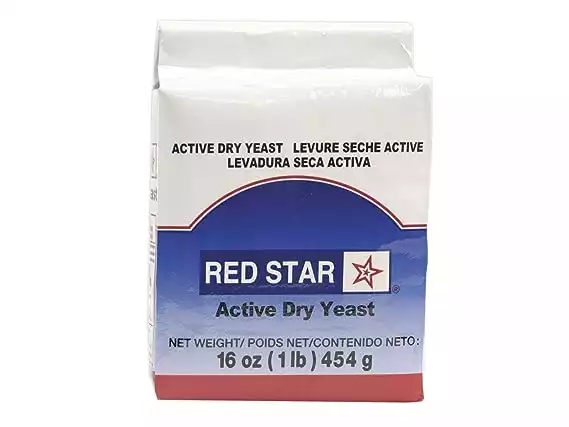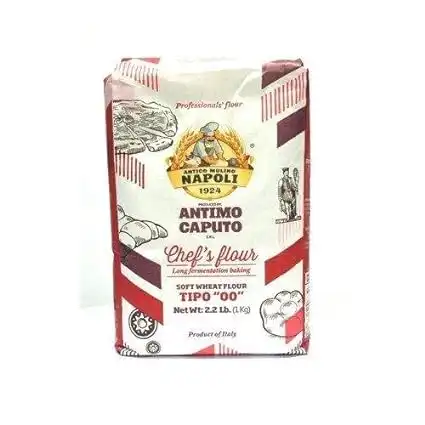Does Pizza Need Yeast?
As a home baker, you might ask yourself if pizza needs yeast.
Maybe you are feeling a little confused if you should add it at all or which yeast to add.
If your “gut feeling” tells you to do so, you should believe in your instincts because we highly recommend using yeast for pizza dough.
Let’s find out why!
Here’s What You Will Find:
Does Pizza Need Yeast?
Yes, pizza dough needs yeast. Using yeast in the dough ensures that you will get excellent results.
During fermentation, the yeast releases gas and alcohol, which is the main reason for the dough’s rising, enhancing flavor and aroma. Thus, you can have a delicious pizza with an airy, chewy, and light crust.
In addition, the fermentation process also creates an improved texture for the dough, which is noticeable during the kneading process. The result proves that yeast can contribute a lot of good things to make the pizza more appetizing.
Therefore, if you are still wondering how it would taste different from a non-yeast risen pizza, you should try your own by applying some yeast.
We bet you will feel more fulfilled once you take a bite of delicious pizza crust covered with your favorite toppings.
We think whether pizza needs yeast is evident, but let’s check what kind of yeast to use.
Types of Yeast You Can Use for Pizza Dough
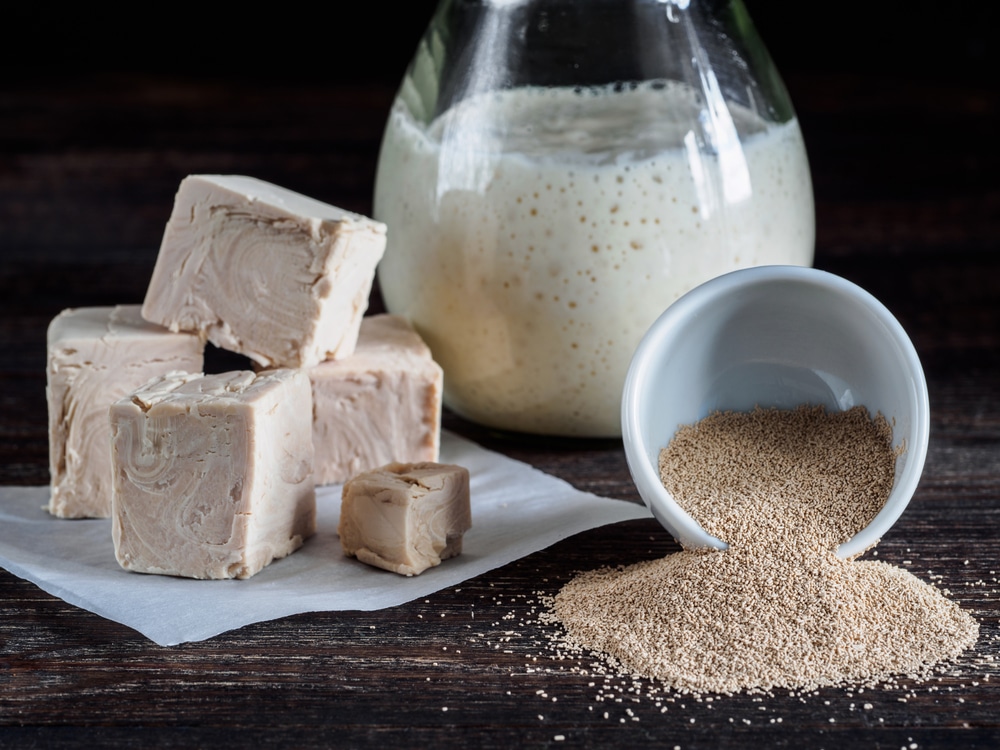
Now that you know the answer, does pizza need yeast?
Since yeast is considered the most crucial ingredient in pizza dough as it is primarily responsible for making it rise, you should understand that there are varieties of yeast you may find in the market.
To help you, we provided three types of yeast you can use for baking a cheese-melting pizza with a bubbly crust.
Instant Yeast
Generally, instant yeast is similar to dry yeast, which makes it different from it because it has smaller granules. This yeast is commonly referred to as rapid rise yeast; thus, it can quickly absorb liquids.
This type of yeast does not need to be rehydrated or proofed with water before mixing into the flour.
Active Dry Yeast
You must activate this type of yeast before mixing it into other ingredients. It means it needs to be dissolved in water first.
Active dry yeast, which is dehydrated, is primarily done to preserve and store it for an extended period. It’s a finely granulated substance commonly seen in packets and jars in the market.
This yeast is the most popular among other kinds since it is simple to use, widely accessible, and convenient.
Here is What the PROs at Homemade Pizza Pro Use and Recommend
Red Star Active Dry Yeast is a trusted choice among bakers. It's known for its consistent performance, balanced fermentation speed, and subtly nuanced flavors it brings to pizza dough, contributing to a well-rounded and delicious crust.
Fresh Yeast
Fresh yeast is considered the most active of the yeast types. It’s also popularly known as cake or compressed yeast, but it isn’t easy to find in the market.
Most of these products can be found in supermarkets and refrigerated sections, while some stores only sell this seasonally. This yeast has a shorter shelf life, so it must be refrigerated.
To help you examine a fresh yeast, keep in mind that it should be soft, fragrant, crumbly, and have a color of pale gray-brown. Thus, it can be dissolved in water first or crumbled into dry ingredients.

Does Pizza Need Yeast?
Steps for Using These Types of Yeast
Instant Yeast
Since instant yeast is designed to be added straight to the flour, you can do it quickly. Thus, you need to prepare all the wet and dry ingredients.
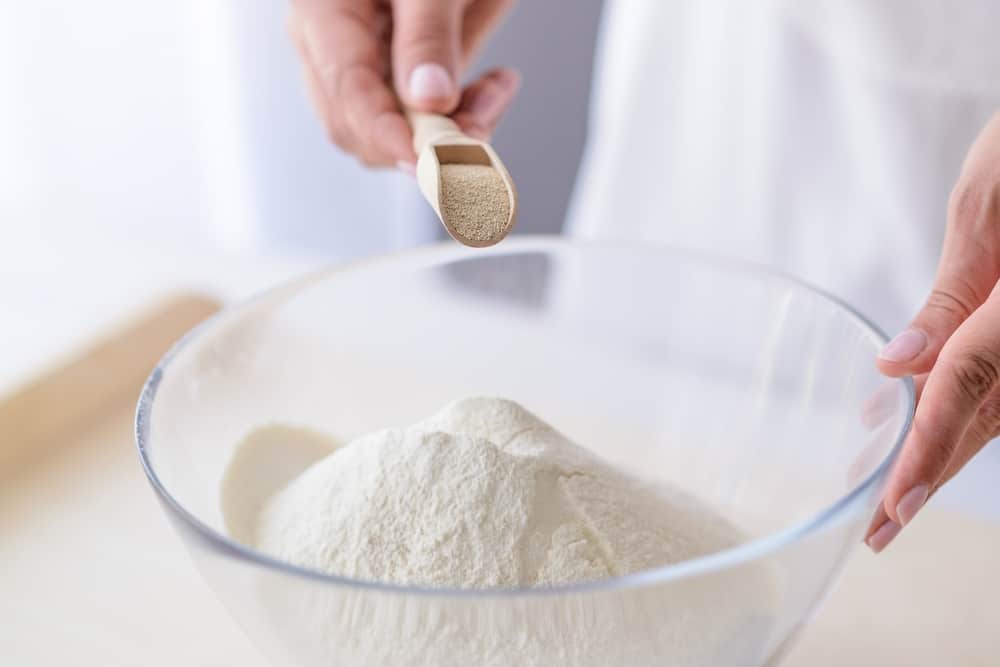
Mix your yeast into the flour and add water. Then you may proceed with kneading the dough after. Then let the dough rest.
Active Dry Yeast
To use active dry yeast, you must first put the yeast into a bowl and add some sugar to it. Then you can add water or milk for it to dissolve.
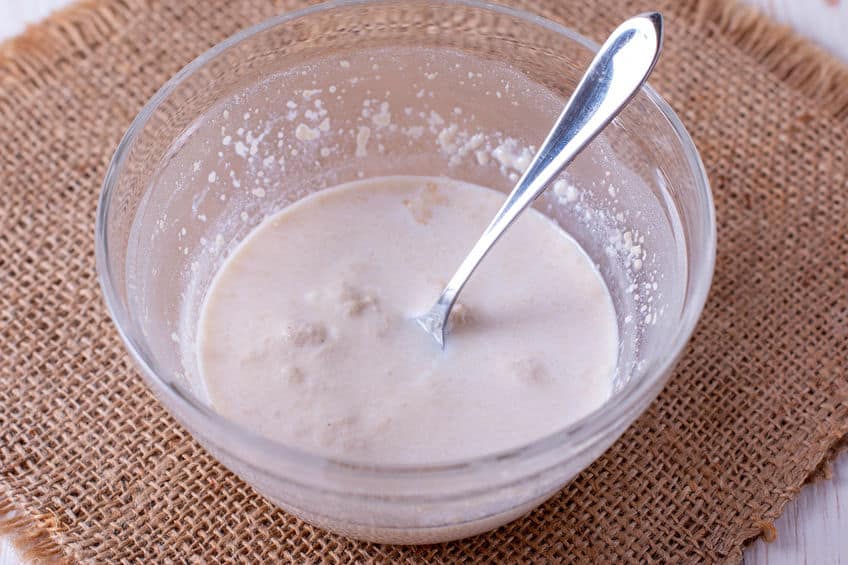
Stir the mixture consistently to froth up in a foam-like. Once it has formed beautifully, you can now mix it with your other ingredients. After mixing, you may knead the dough and let it rest.
Fresh Yeast
To use fresh yeast, you must first break or crumble it into a bowl, then add some sugar. Then, you should add lukewarm water or milk and mash it using a fork to dissolve.

After dissolving, you should leave it for five minutes to foam. Once it begins foaming, your fresh yeast has already activated, and you can mix it into your other ingredients. Then, you should knead the dough and let it rest to rise.
What Can You Use Instead of Yeast for Pizza Dough?
Now that you know the answer, does pizza need yeast? But what if you can’t find yeast in your pantry or supermarket? Here’s the excellent news: you can use
You can find baking powder in almost every baker’s pantry. Thus, you can also use it to make pizza dough at home as it acts as the leavening agent.
Unlike yeast,
This leavening process quickly reacts with liquid and heat, enabling the dough to rise beautifully. Therefore, it works as a substitute but does not offer the same result as the yeast.
An alternative is to get self-rising flour with
Steps to Apply Baking Powder in Pizza Dough
When
Then add some oil to combine until crumbly mixture forms. Slowly pour water on it until the dough forms into a ball form. Once formed, you may start kneading it for 2-3 minutes.
Gently poke the dough once it is already in the pizza pan. By doing so, you can make a mouth-watering pizza! Rest it for a while, then roll it out with a rolling pin to make a great pizza size.
Check Amazon’s Pizza-Making Must-Haves
Why have two pizza peels when you can only have one. This pizza peel surpasses the benefits of wood peels with the convenience of a metal peel. It's made entirely from anodized aluminum for a lightweight design that's incredibly durable, too. It's designed to be used frequently in high-heat pizza ovens.
The Etekcity Lasergrip 800 Digital Infrared Thermometer is a versatile and reliable tool for accurate temperature measurements. Its non-contact design allows you to measure temperatures from a distance, making it safe and hygienic for various applications. With a wide temperature range of -58°F to 1382°F (-50°C to 750°C), this infrared thermometer is perfect for both everyday cooking needs and professional uses.
The built-in laser pointer helps you target the specific area you want to measure, ensuring precision and consistency. Whether you're grilling, cooking, or performing household maintenance, the Etekcity Lasergrip 800 provides fast and accurate temperature readings with ease.
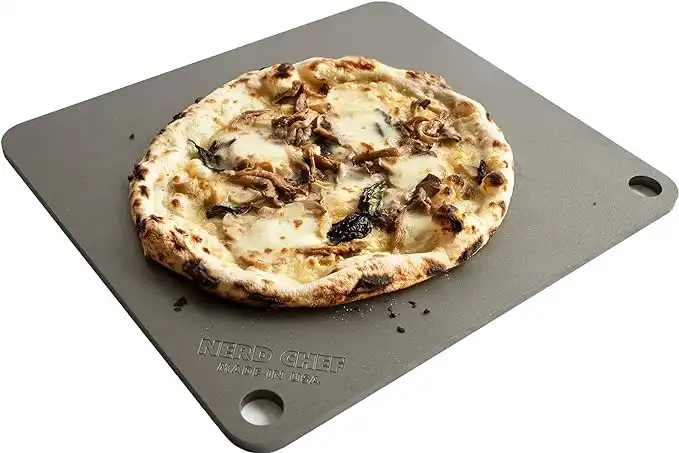 NerdChef Steel Stone
NerdChef Steel Stone
Making great crusts traditionally requires a 700-1000F wood-fired oven. Nerdchef Steel Stone replicates that performance in a home oven with its super-high heat transfer ability - transferring heat energy 20 times faster than ceramic. It creates beautiful and crispier crusts, gorgeous blistering throughout, and it cooks faster.
The Chef's flour is a general-purpose, high gluten flour that works well for many recipes. "Tipo 00" refers to how refined the flour is. Chef's Flour is best for those who want to bake in their traditional home oven up to 500 degrees Fahrenheit!
Additional Yeast Resources
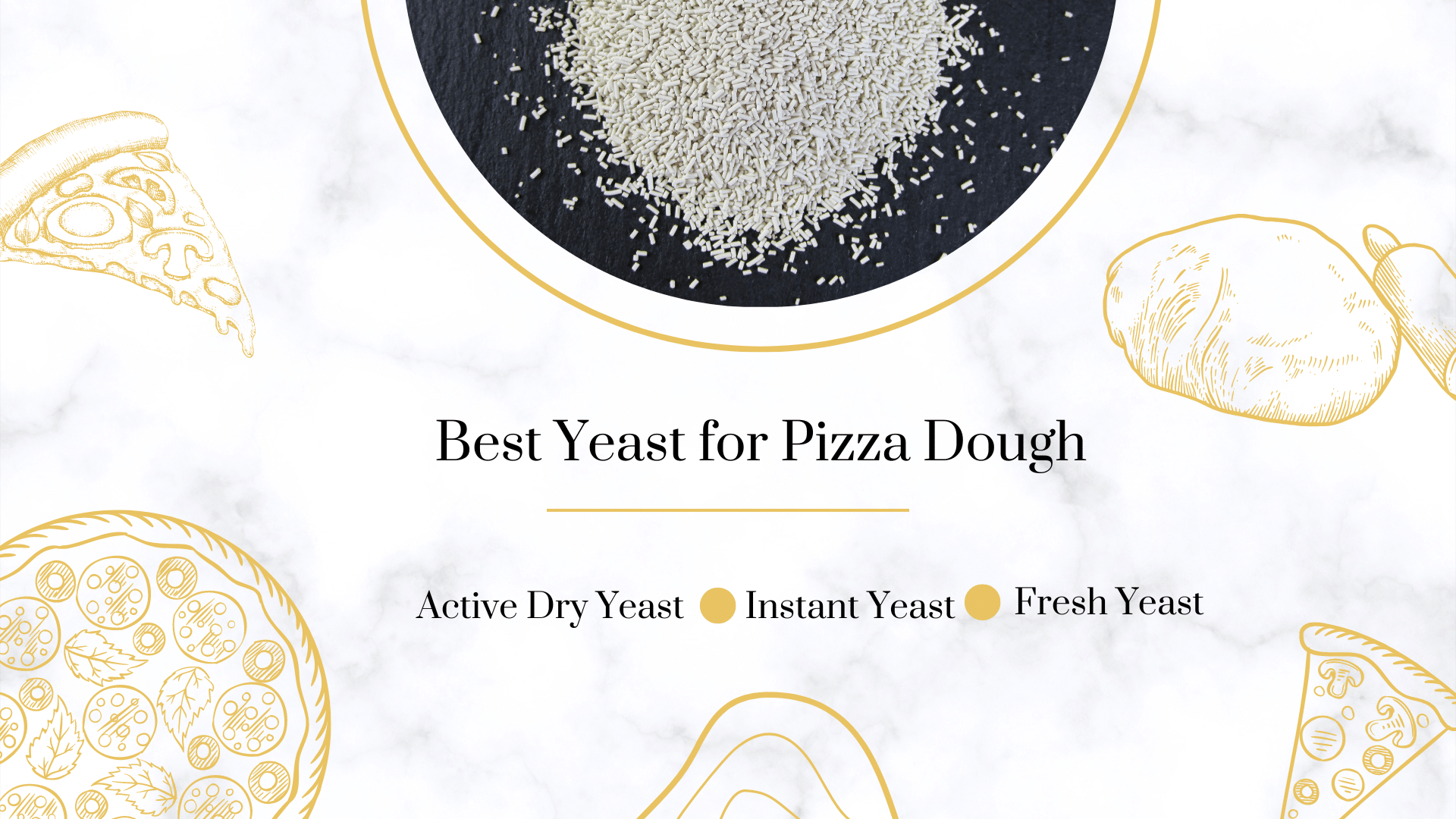
Best Yeast for Pizza Dough: Mastering the Art of Pizza Making
the PROs
What is the Best Yeast for Pizza Dough? Pizza – merely mentioning this delicious dish is enough to stir cravings. …

10 Amazing Yeast Tips for Pizza Dough You Need to Master
the PROs
Pizza Dough Yeast Tips Are you looking for some pizza dough yeast tips? We’ve got plenty of information for you! …
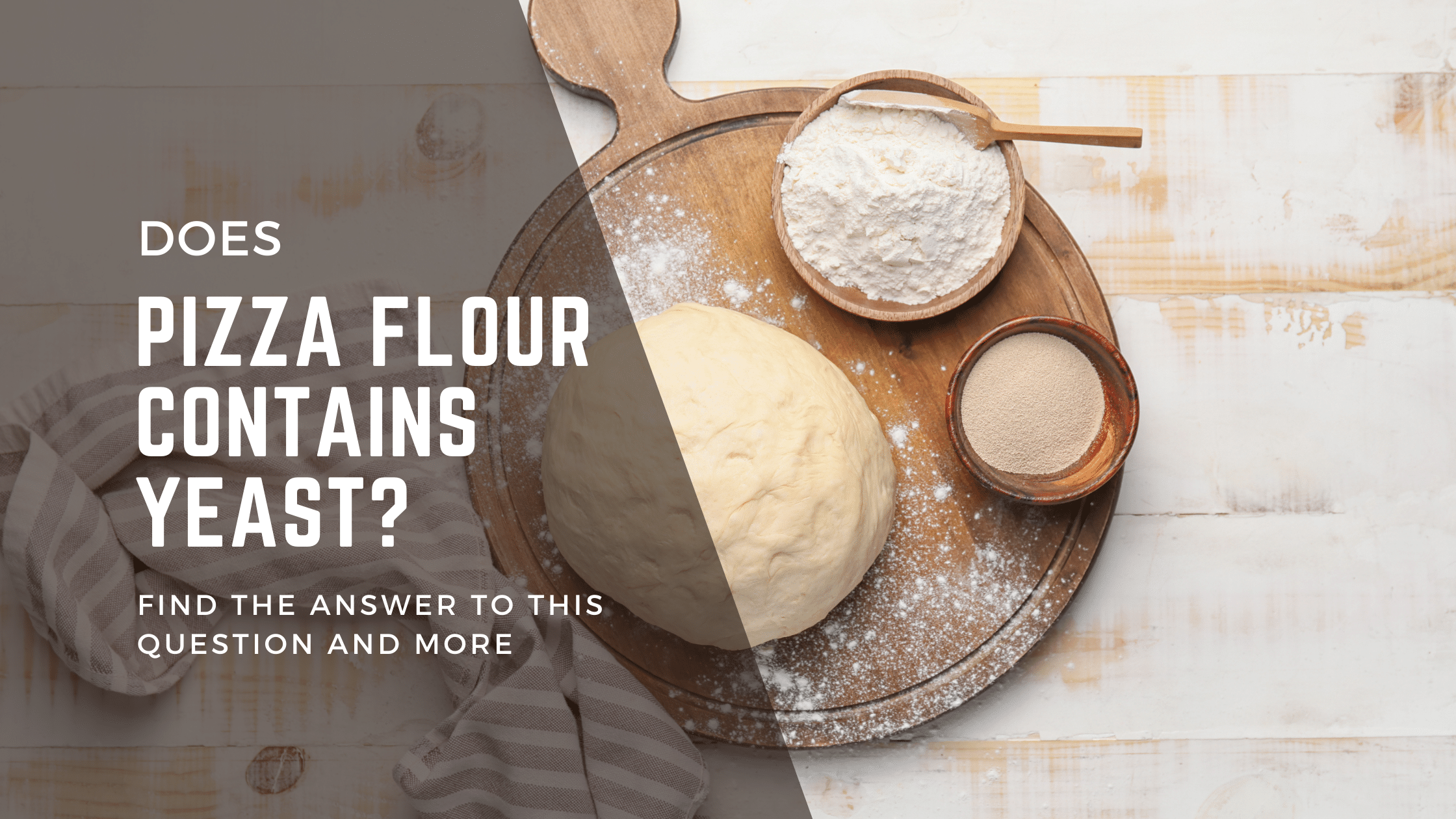
Does Pizza Flour Contain Yeast? Find What You Need to Know
the PROs
Ever wonder what gives pizza its mouth-watering, fluffy, and crisp crust? It’s all about the magic happening behind the scenes …
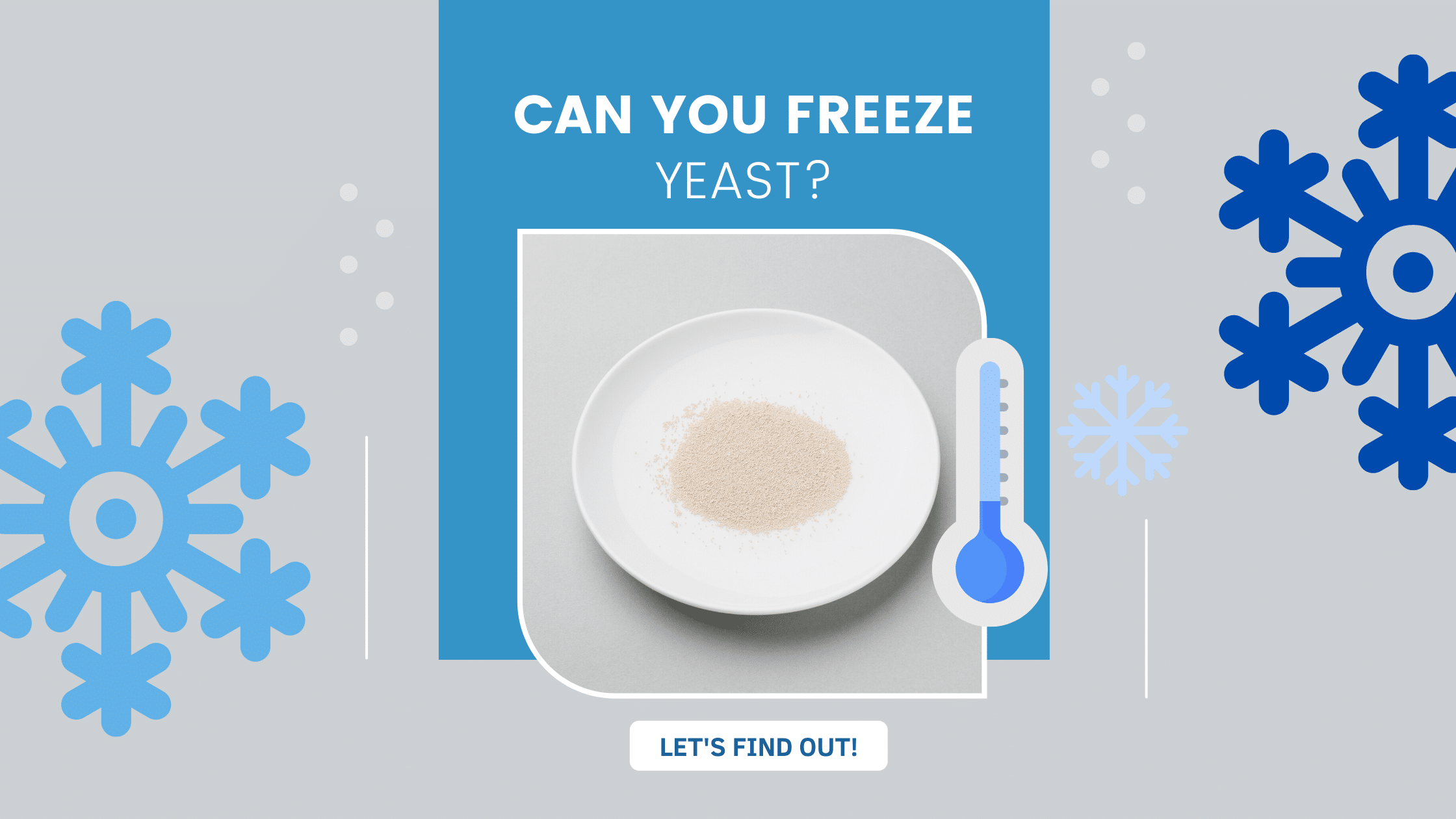
Can You Freeze Yeast? Find Everything You Need to Know
the PROs
“Can you freeze yeast?” – this question has crossed many home bakers’ minds. If you’ve been puzzled by this too, …

How Much Yeast is in a Packet? Easy Shortcuts (+Yeast Tips from the PROs)
the PROs
How Much Yeast is in One Package? Are you wondering how much yeast is in a packet? Easy! Each yeast …

Active Dry vs Instant: Which is the Best Yeast for Pizza?
the PROs
In this article, we will help you understand the difference between Active dry yeast and Instant and let you know which one is right for homemade pizza. Find which is the best yeast for pizza and why.

Yeast for Pizza Dough: Your Key to Creating Irresistible, Airy, and Flavorful Crust”
the PROs
Most certainly, you read about yeast before or at least have seen the various yeast packets at the supermarket, not knowing the difference between them.
The Last Slice
We hope that we have answered your question, does pizza need yeast?
Hopefully, you’ve learned that pizza needs yeast, and you know if pizza needs yeast and which is the best yeast to use.
We challenge you to bake your pizza with different types of yeast. Experiment and let us know your results; we like to know what you can do.
Happy Baking!
Enjoy!
Not a PRO? Not a Problem!
Take a pizza class to bring your pizza skills to the next level,
so you can be a PRO!
Related Posts

Costco Pizza Delivery: Find How You Can Get It Now!
the PROs
People go to Costco’s food court for many different reasons, but the cheesy slice of pizza they serve is among …

Pizza for Beginners: Don’t Buy Pizza, Make It! Here’s How to Get Started!
the PROs
You have this idea that you want to make pizza at home as opposed to ordering it, but where do you start? Don’t worry! Here you will find answers and directions to all your questions.

Pizza Toppings Under Cheese or Over Cheese? [Why the Order Matters]
the PROs
Is Pizza Cheese on Top or Bottom? Hey pizza lovers, are you wondering if you should layer pizza toppings under …
Newsletter
Subscribe to our Recipe of the Week newsletter and receive our partners’ latest recipes, tips, and discount offers.
Keep in Touch!

